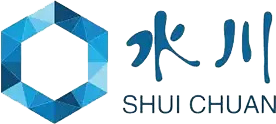In recent years, the textile industry has witnessed a surge of innovative technologies aimed at enhancing sustainability and efficiency in dyeing processes. Among these advancements, "Black Liquid Dye" has emerged as a game-changer, revolutionizing the way fabrics are colored while addressing the environmental concerns associated with traditional dyeing methods. As manufacturers strive to meet the demand for sustainable practices, the introduction of this innovative dye promises a brighter future for fabric production, blending aesthetic appeal with ecological responsibility.
Black Liquid Dye not only introduces a captivating depth of color but also supports the industry's shift towards eco-friendly solutions. This groundbreaking innovation reduces water consumption significantly, minimizes chemical waste, and utilizes renewable resources, setting a new standard for textile coloration. As we delve into the intricacies of this remarkable dye, we will explore its impact on production processes, environmental benefits, and potential to redefine industry norms, showcasing how it is paving the way for a sustainable textile future.
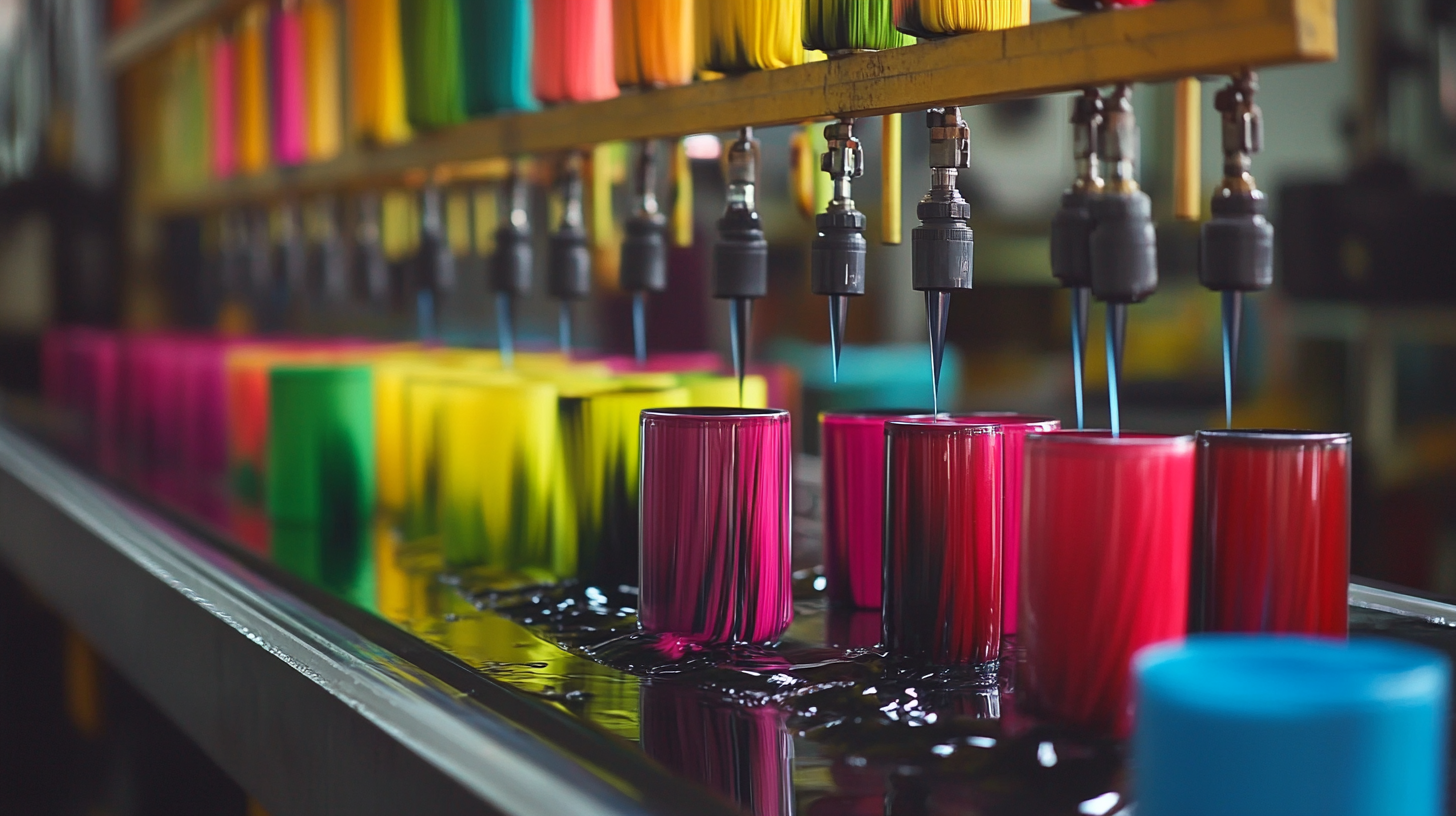
The textile industry is witnessing a transformative shift with the emergence of black liquid dye, a remarkable innovation in textile chemistry. Traditional dyeing processes often rely on powdered dyes, which require extensive mixing and result in inconsistent color application. However, black liquid dye offers a superior alternative, streamlining workflows and enhancing the quality of fabric coloration. According to a recent report by the Textile World Association, the adoption of liquid dyes can reduce production time by up to 25%, while minimizing waste and environmental impact. One of the most significant advantages of black liquid dye lies in its eco-friendliness. The global textile dyeing market is projected to grow to $54 billion by 2027, but with increasing regulatory scrutiny on chemical usage, sustainable solutions are more critical than ever. Black liquid dye formulations often utilize biodegradable components and significantly lower water consumption—one study indicated a reduction of 40% in water usage compared to conventional dyeing methods. This innovation not only meets industry demands for sustainability but also aligns with consumer preferences for environmentally friendly products. Furthermore, black liquid dye enhances colorfastness, one of the most vital attributes in textile quality. Research shows that fabrics dyed with liquid formulations exhibit improved resistance to fading under various conditions, including light exposure and washing. With global consumers increasingly seeking durable products, this advancement positions manufacturers to meet these expectations, potentially increasing their market share. By embracing black liquid dye, the industry is not just improving efficiency and sustainability; it is setting a new standard for quality and performance in textile coloring.
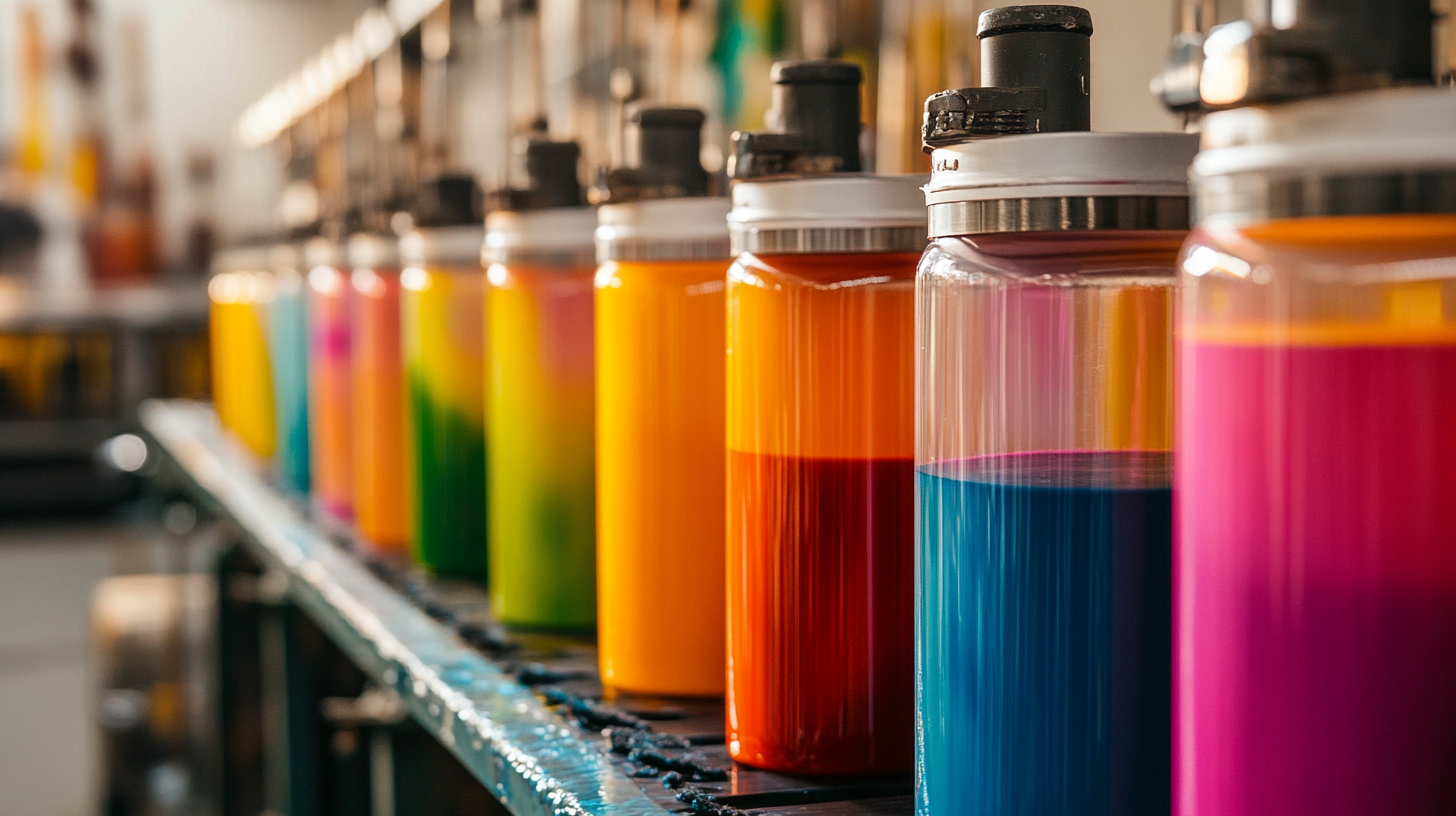
The textile industry has long grappled with the challenges of waste management and environmental sustainability. Traditional dyeing processes are notoriously wasteful, generating significant amounts of water and harmful chemical byproducts. However, the emergence of black liquid dye is transforming this landscape. According to a report by the Global Textile Dyeing Market, the adoption of innovative dye technologies could reduce water usage by up to 50% in the next decade. Black liquid dye technologies not only address these issues but also enhance the color strength and longevity of the textiles produced.
In addition to reducing water consumption, black liquid dye offers a more sustainable alternative to conventional dyeing methods, which often rely on toxic chemicals that can leach into ecosystems. Research from the Sustainable Chemicals Project indicates that the shift to eco-friendly dyes, such as black liquid dye, could cut down chemical usage in textile production by approximately 70%. This transition not only minimizes ecological impact but also aligns with growing consumer demand for environmentally responsible products.
Furthermore, the versatility of black liquid dye allows for more efficient production processes. With the ability to create rich, saturated colors without the extensive use of water and harmful substances, manufacturers can expect to see a positive shift in both their environmental footprint and operational costs. A study from the Textile and Apparel Research Institute highlighted that companies implementing these innovations can decrease their waste footprint by nearly 30%, paving the way for a more sustainable future in textile production.
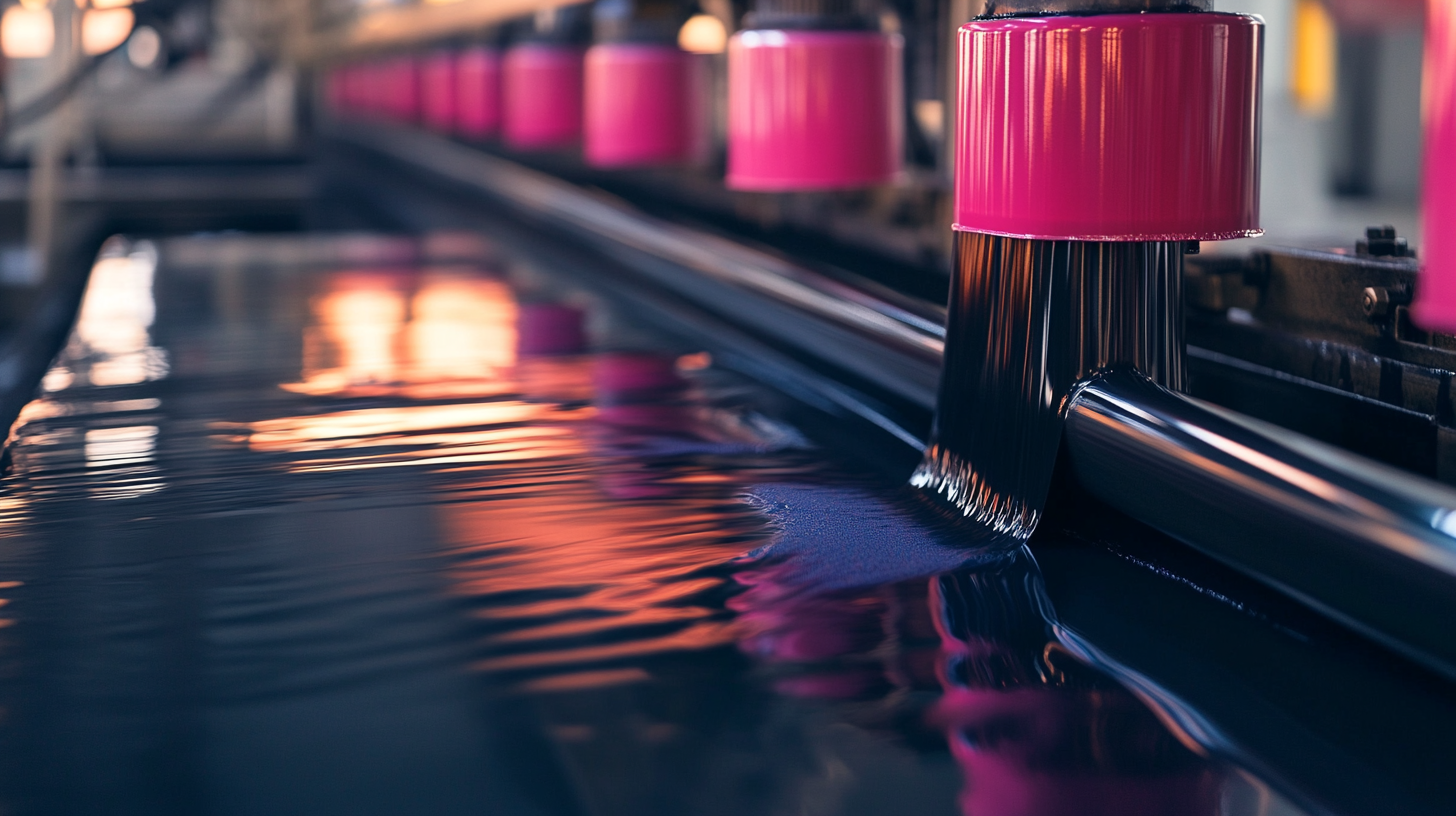
The textile industry is on the brink of a major transformation, particularly with the advent of black liquid dye. This innovative dyeing process not only enhances the aesthetic quality of fabrics but also delivers significant cost advantages that are reshaping the economic landscape of textile production. According to a report by Grand View Research, the global textile dye market is expected to reach $20.56 billion by 2025, highlighting a growing demand for more efficient and sustainable dyeing solutions.
The cost-effectiveness of black liquid dye is particularly compelling. Traditional dyeing methods often require extensive water usage and energy, contributing to higher operational costs. In contrast, studies have shown that liquid dyes significantly reduce these expenditures by up to 35% due to lower water and energy requirements. This not only makes production more efficient but also supports sustainability efforts by minimizing resource depletion—a critical factor as the industry faces increasing regulatory scrutiny regarding environmental impacts.
Additionally, the versatility of black liquid dye allows manufacturers to streamline their processes. By simplifying the dyeing procedure, companies can increase throughput and reduce waste, further driving down costs. The shift towards black liquid dye could represent a new economic era for textile production, with projections indicating that manufacturers adopting these innovative solutions could save up to $1 million annually on average. As the sector embraces these advancements, the adoption of black liquid dye is poised to revolutionize not only how textiles are colored but also how they are produced economically.
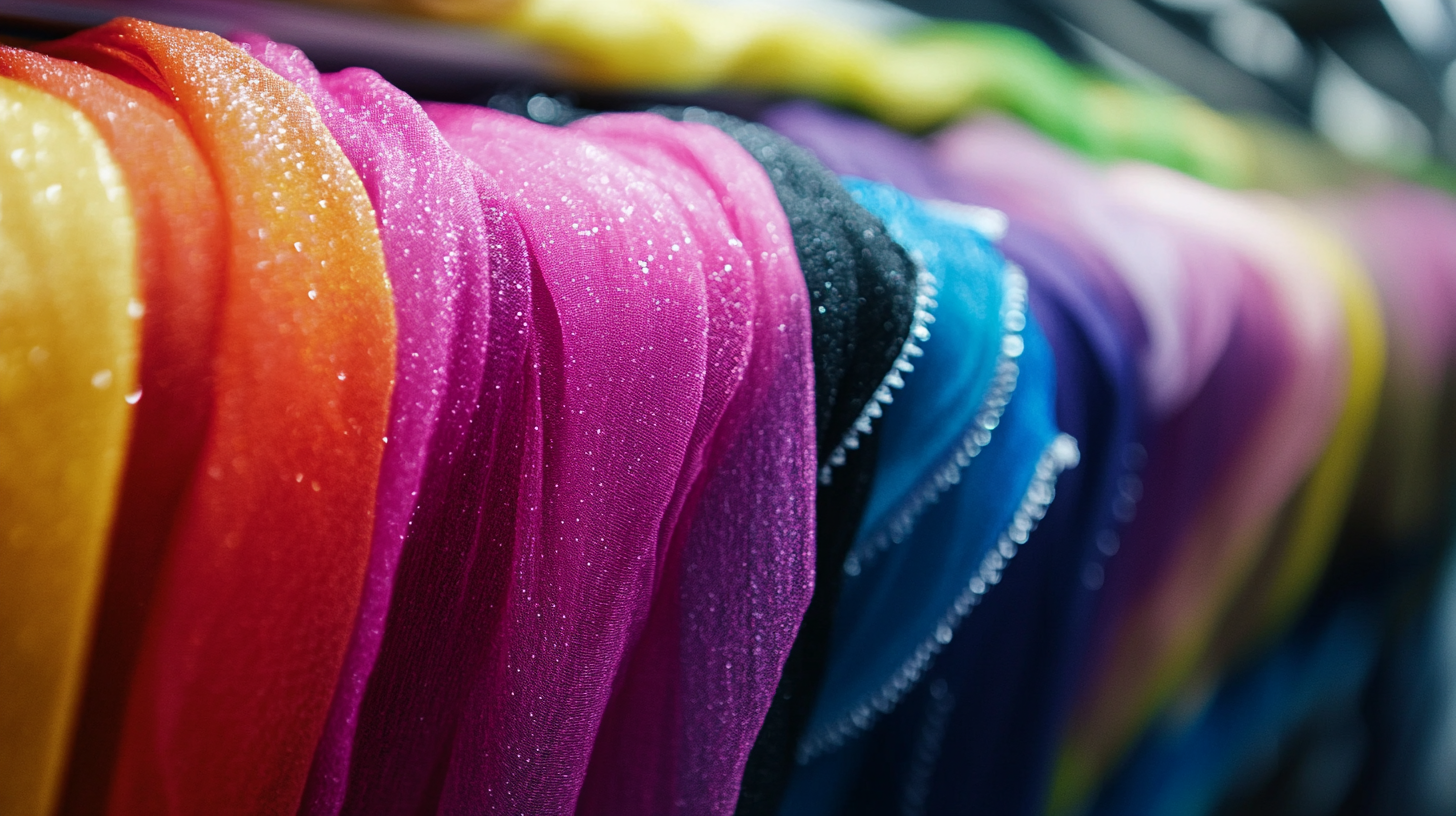
The emergence of black liquid dye is marking a transformative shift in the textile industry, particularly in the realm of fashion design. Unlike traditional dyeing methods that often limit creativity due to their stiff processes and color complications, black liquid dye offers unprecedented design flexibility. Designers are now able to experiment freely with various fabrics, applying the dye uniformly or selectively, creating striking patterns and textures that were previously difficult to achieve. This innovation not only enhances aesthetic appeal but also allows for unique storytelling through textile manipulation.
Moreover, the potential of black liquid dye extends beyond mere color application. It enables designers to incorporate mixed media into their fashion creations seamlessly. By integrating textiles with technology—such as digital prints and smart fabrics—designers can create garments that are not only visually stunning but also functional. The adaptability of black liquid dye makes it a favorite among avant-garde designers who seek to push boundaries and challenge conventional fashion norms. As this innovative approach gains traction, it opens doors for a wide array of artistic expressions, empowering designers to rethink their creative processes and the narratives behind their collections.
In essence, black liquid dye is not just a coloring agent; it represents a new era of creative potential where design flexibility meets bold experimentation. As more fashion houses adopt this technology, the landscape of textile design will continue to evolve, fostering a vibrant and dynamic dialogue between innovation and artistry.
The textile color industry is on the brink of a transformative shift, particularly with the rise of black liquid dye. As the demand for customized apparel surges—projected to push the textile dyes market to an impressive USD 17.48 billion by 2032—a focus on innovative, sustainable dyeing methods is becoming paramount. The introduction of black liquid dye not only offers rich color saturation but also aligns with increasing environmental considerations, especially in water conservation.
Leading the charge in this innovation is the garment and textile sector, notorious for its high water usage. On an annual basis, this industry consumes a staggering 79 trillion liters of water. However, recent advancements in waterless dyeing technologies, driven by consumer demand for sustainable practices, are reshaping the landscape. Companies like Textil Santanderina are pioneering these efforts with their Advanced Black denim collection, which showcases how innovation can meet sustainability.
As we look to the future, black liquid dye is positioned to play a critical role in redefining textile applications. Its capacity for customization in design, combined with water-saving innovations, reflects a broader trend towards responsible production in the fashion industry. The shift towards these technologies not only represents a significant leap in textile dyeing practices but also signals a commitment to addressing environmental impacts, creating a more sustainable and innovative future for textiles.
